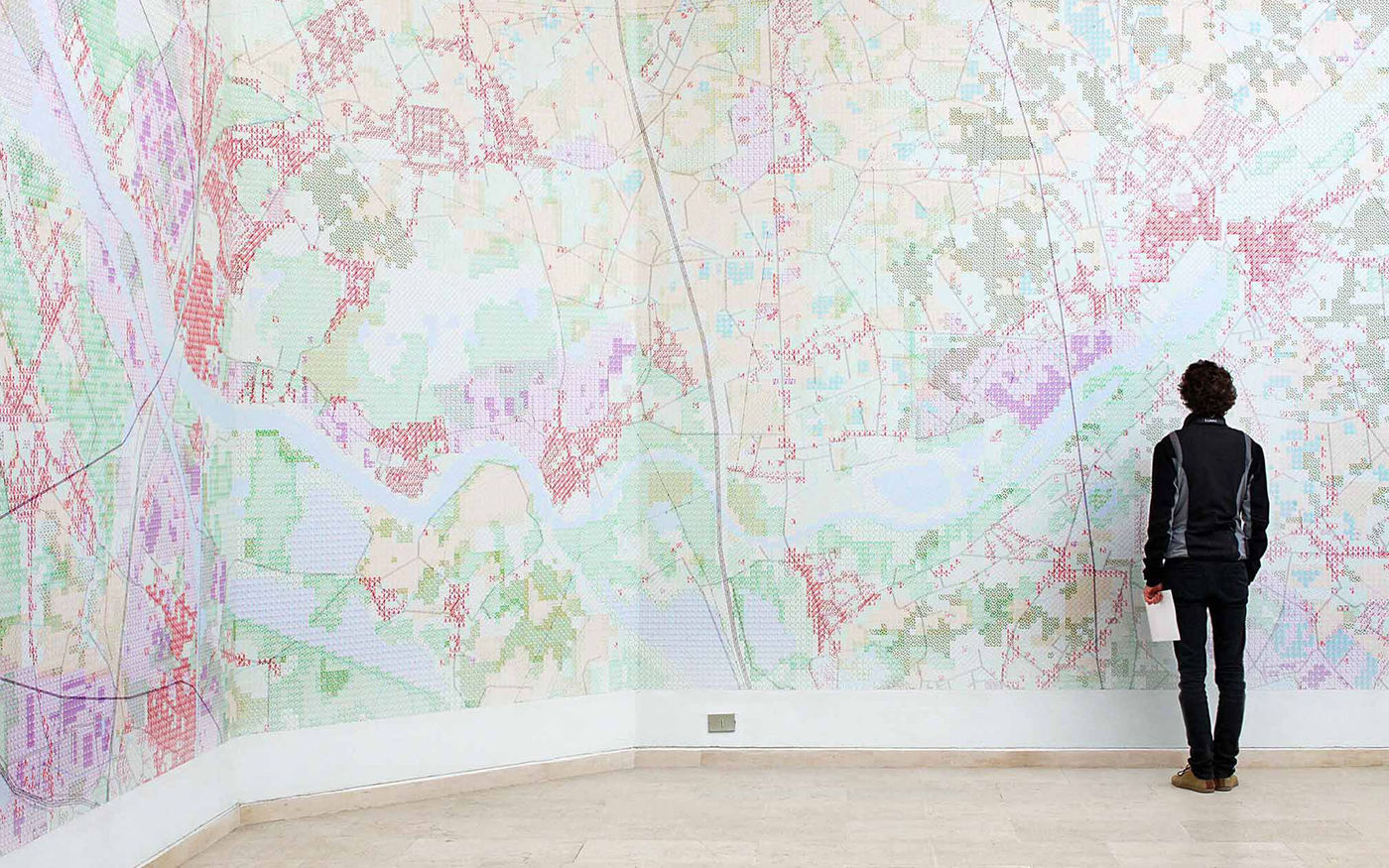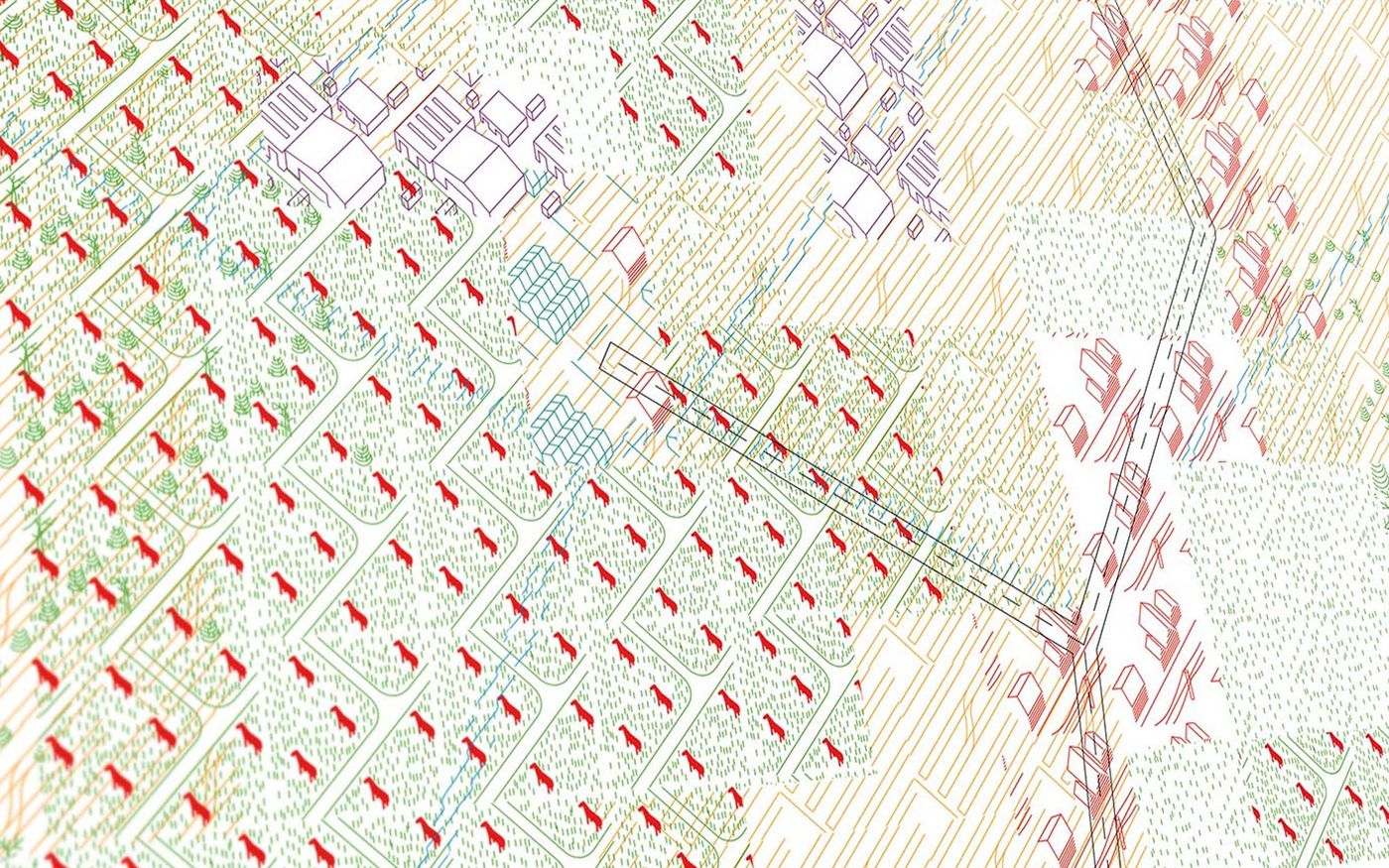

We find ourselves in a region that has gradually been built up, but where unimaginable changes demand more and more space. We are facing a Great Transformation. The transition from fossil to renewable energy will be felt right into the capillaries of our living environment. More and more severe weather conditions - certainly in a delta such as ours - will not only be met on the coastline, but will require measures that penetrate deep into our cities. Our food production, currently very intensive and highly technological, must be brought into line with a healthy ecosystem and with our growing urbanization. And although the major goals that we have concluded together seem far away, transition is not new. About 150 years ago, the industrial revolution triggered such a dramatic change that most of the norms and values as we know them today are marked by that moment (Polanyi, K., 1944). Not everything had a price prior to the industrial revolution. The idea of poverty is relatively new, dating back to only 1750, as with the idea of unemployment. And the moment land became a market commodity, we became dependent on market logics for our drinking water, food and living. Our territory as we know it this very day is divided into sectorial zones where agriculture, water or biodiversity should compete with real estate industries. Relying on Latour we could argue that this is actually the place of integration, where market logics should no longer play a dominant role. A plea for the de- and revaluation of land.
While initially governments aimed to temper unwanted social effects of the market economy through social protection, and unwanted spatial effects through a growing planning culture, a great deal of that social and spatial framework has now been passed on to private players (the socialization of healthcare, as well as the construction of sewers and heating networks by private investors, or the construction of large bridges and buildings by wealthy entrepreneurs in DBFM models). The increasing pressure on our urban landscapes and the "battle for space" is now forcing governments to take responsibility (again) and to steer it towards conscious choices. They can no longer be a neutral facilitator nor allow markets to define through price setting what is important and what isn’t (Mazzucato, M., 2018). If we believe for example that sustainable local food systems are crucial, access to fertile land will have to be organized and safeguarded publicly. Such a food strategy cannot be developed without the farmers, citizens' initiatives, civil society organizations, academics and public figures that form local coalitions and take up responsibility and ownership in concrete projects. It is the combination of a stronger centralized public framework on the one hand that allows for a stronger decentralized field of action and multiplication on the other hand. There exists a striking cultural difference here between the Netherlands and Flanders. For the traditional top-down Dutch policy - developed to make a sub-sea country safe and habitable - the idea of a decentralized organization of small-scale projects goes against all existing instruments. Flanders has never known the same central movement and will have to look from the bottom up for logic and coherence to steer different projects together in the right direction, in a coordinated way. But we see, on both sides of the border, that a new balance is being sought.